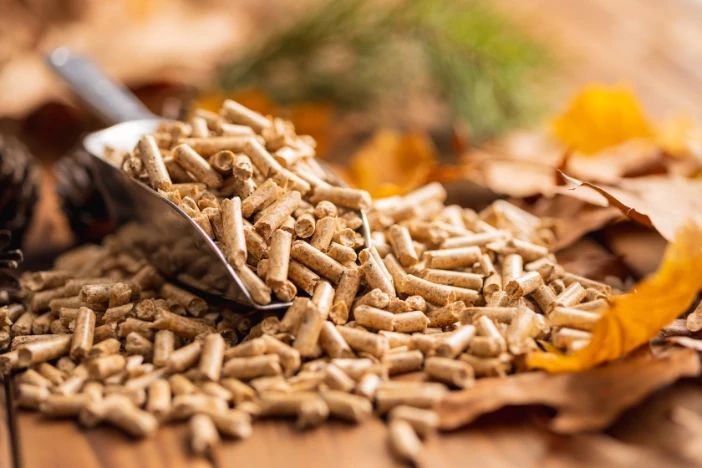
Fireplace inserts that burn pellets
The penultimate (love that word) fuel our guide reviews is pellets. A fireplace insert that burns pellets creates a cozy ambiance and efficiently generates even heat. They can be placed in an existing fireplace or built into a wall. They’re environmentally friendly and cost-effective solutions. Pellet fireplace inserts offer many of the aesthetic qualities of wood-burning fires and the convenience of gas-burning versions. Though less messy than traditional fireplaces, pellet fireplace inserts require regular attention to keep them working properly. They require electrical connections to ignite.
Helpful Article
Read our article Fire Pit Fuel Types – Pros & Cons for more information on wood and other fuel types for fireplace inserts.
Eco-friendly fuel source
These modern fireplaces burn pellets made from compressed sawdust and wood waste, which are renewable and carbon-neutral. Unlike typical firewood, blended wood by-product pellets have a consistent moisture content. They’re more akin to seasoned wood and are as dense as hardwoods. These characteristics allow pellet fires to burn more evenly at higher temperatures and produce significantly less CO2 emissions [2013 Pa, Bi & Sokhansanj]. Recycled wood scrap pellets are available at some home supply stores in 40-pound bags or more and may come scented or flavored for pellet stove inserts.
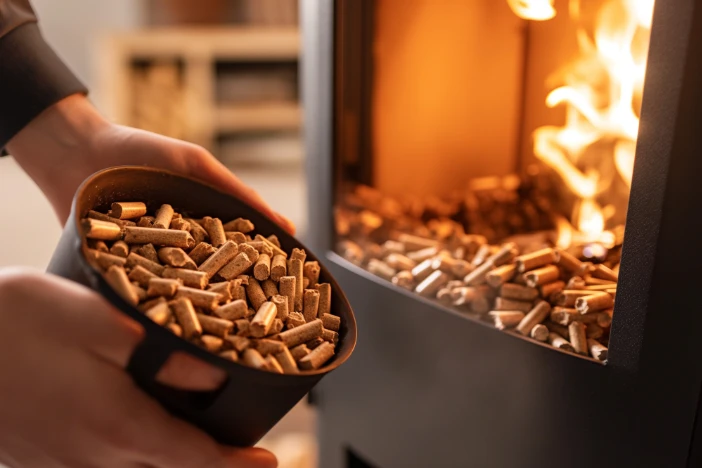
Convection heating technology
Pellet fireplace inserts incorporate advanced convection heating technology to improve heat distribution and control emissions. A fuel-feeding system regulates the pellets used per hour, while a fan distributes heat evenly throughout the room. What little emissions are produced can be vented through a pipe in the wall without a chimney. Pellet fireplaces have an average efficiency rating of 75%-90%, making them one of the most efficient heating options.
Instead of expensive gas or electricity bills to heat a home during winter, homeowners can install a pellet insert. It’s environmentally friendly and cost-efficient! The blower system is convenient because its compact dimensions allow it to fit into existing or even ventless fireplaces.
However, one disadvantage of pellet inserts is that they require some electricity to operate. If power fails during a winter storm, you’ll be without heat unless you have backup power or another heating source.
Maintenance of pellet burning fireplaces
Although pellet fireplace inserts are much less hassle than wood-burning fires, ash from burning pellets must be removed regularly. Each pellet insert, especially the blower, needs to be cleaned every few months to prevent clogs and malfunctioning. Additionally, you should consult the manufacturer’s user guides for maintenance guidance for pellet feeder systems.
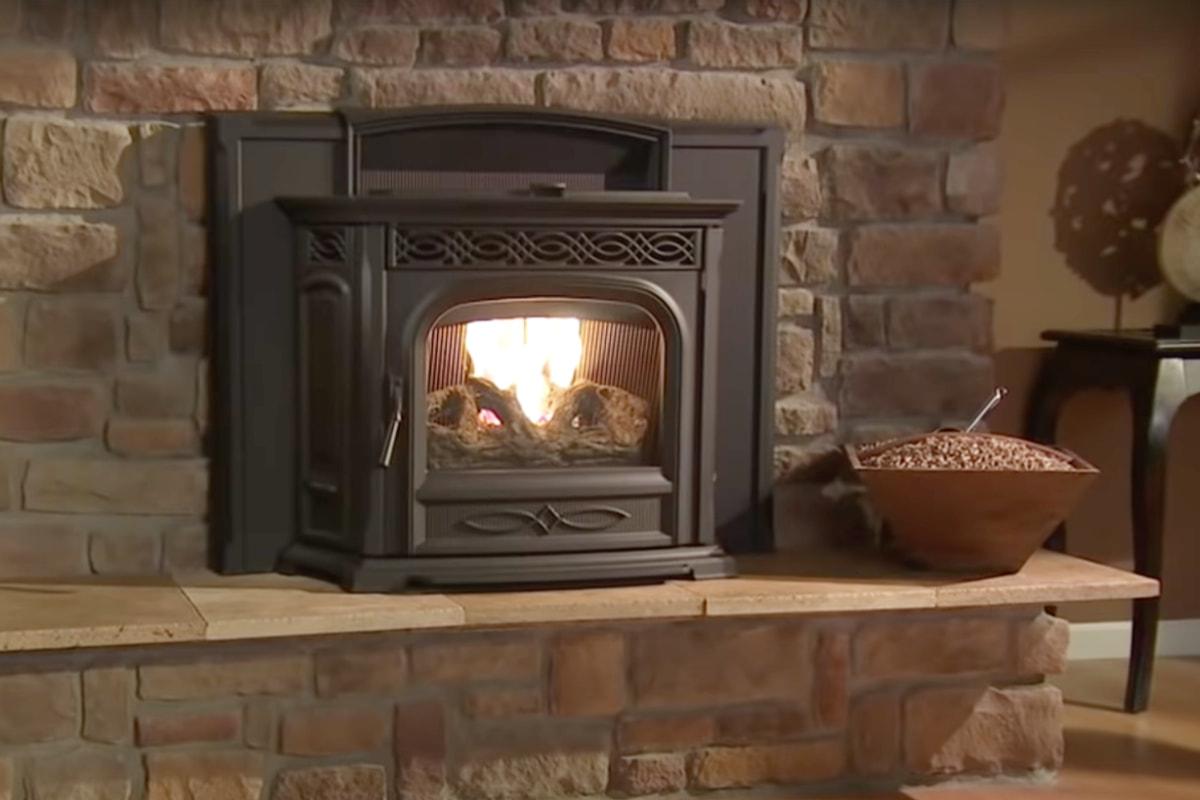
When to select pellets
Pellet inserts combine the convenience of gas with the traditional feel of burning wood. They burn cleaner, more consistently and hotter than regular firewood while producing fewer emissions. Some people even consider pellet inserts more sustainable than wood-burning ones. Pellets are made from sawdust and other recycled wood waste materials.
The availability of compressed wood pellets varies greatly by geography. You may be forced to order them online to ensure you have a ready supply when winter hits.
One more fire-ish heating option for fireplace inserts
Pellets are a smart choice for firebox inserts but another option needs no replenishment. Electric fireplace inserts may not generate a live flame but offer unique benefits. Learn more in the final fuel section of our guide.
Guide Sections
References
- Pa, A., Bi, X. T., & Sokhansanj, S. (2013). Evaluation of wood pellet application for residential heating in British Columbia based on a streamlined life cycle analysis. Biomass and Bioenergy, 49, 109-122.

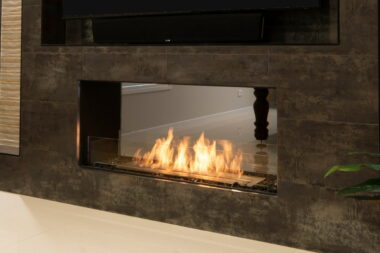
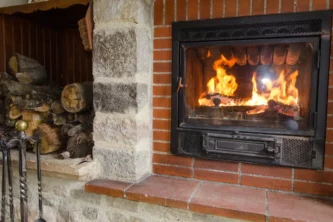
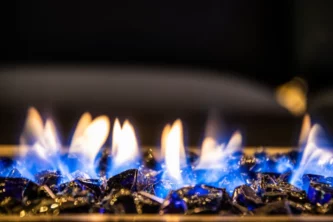
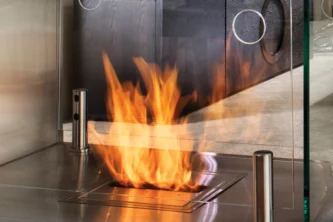
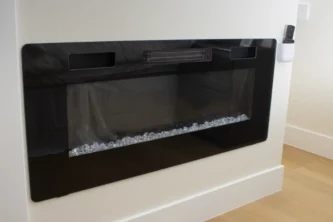
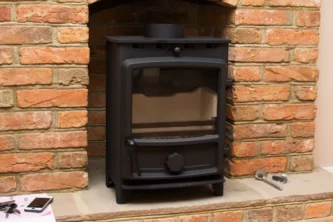




Leave a Reply